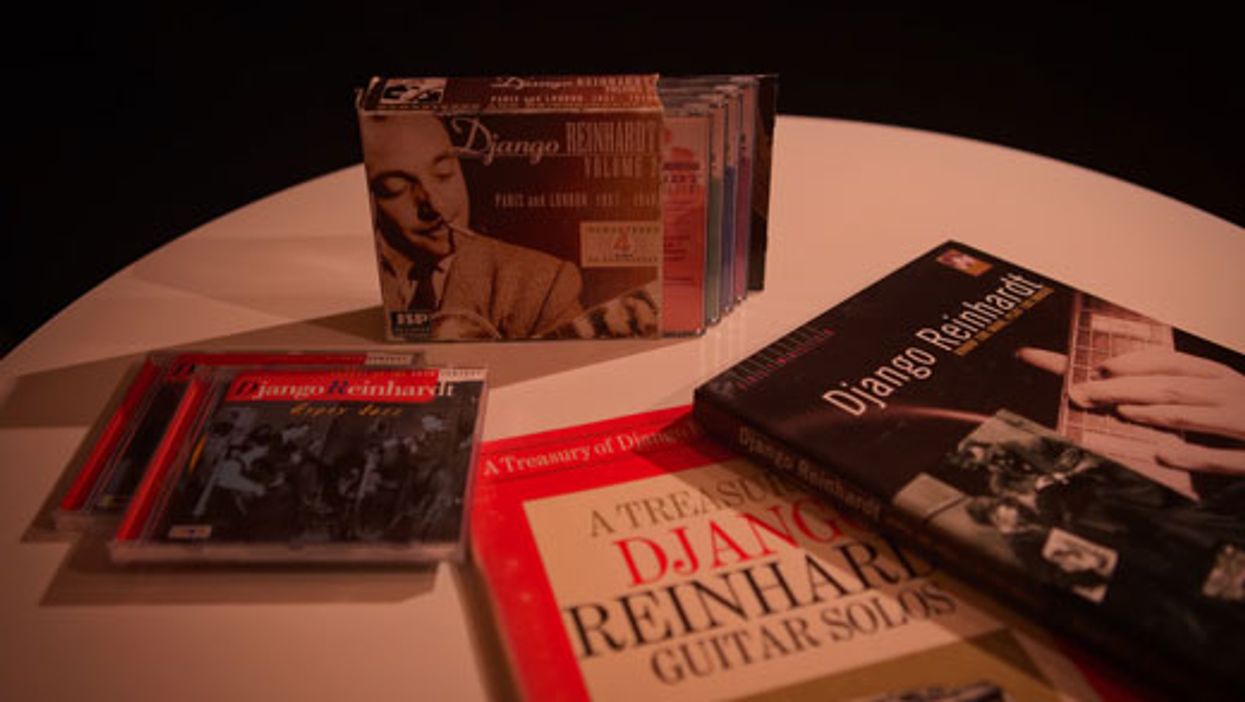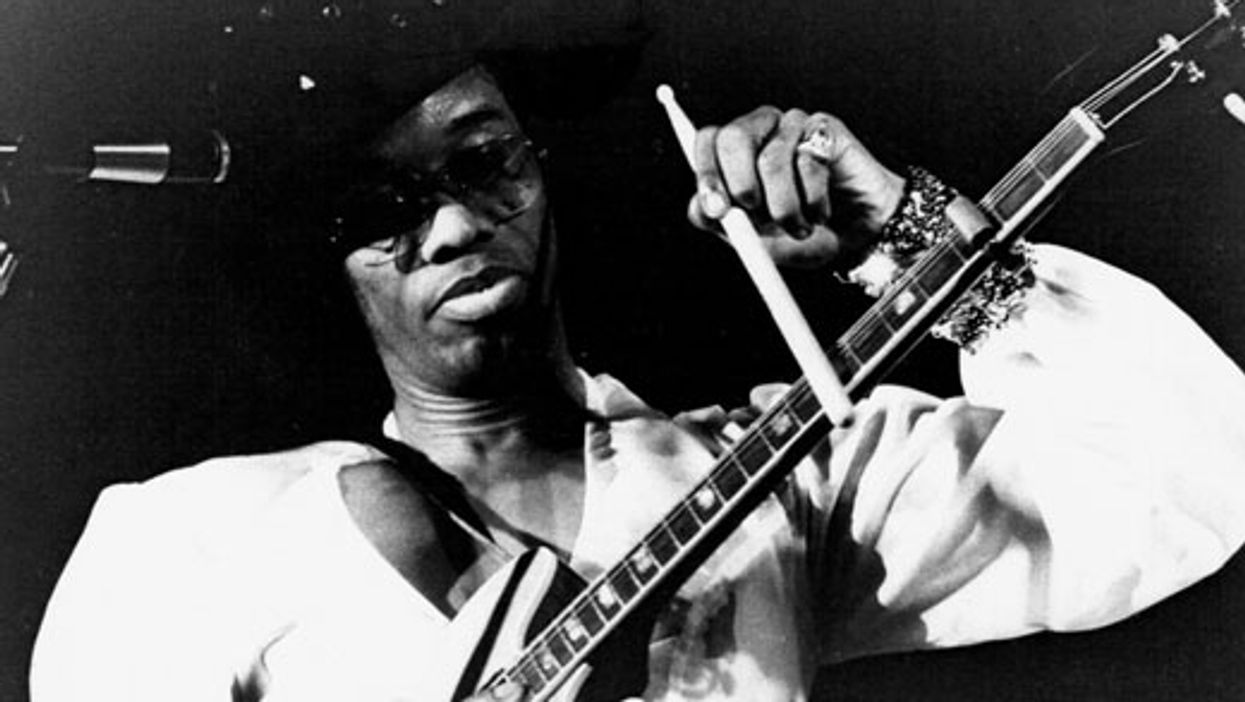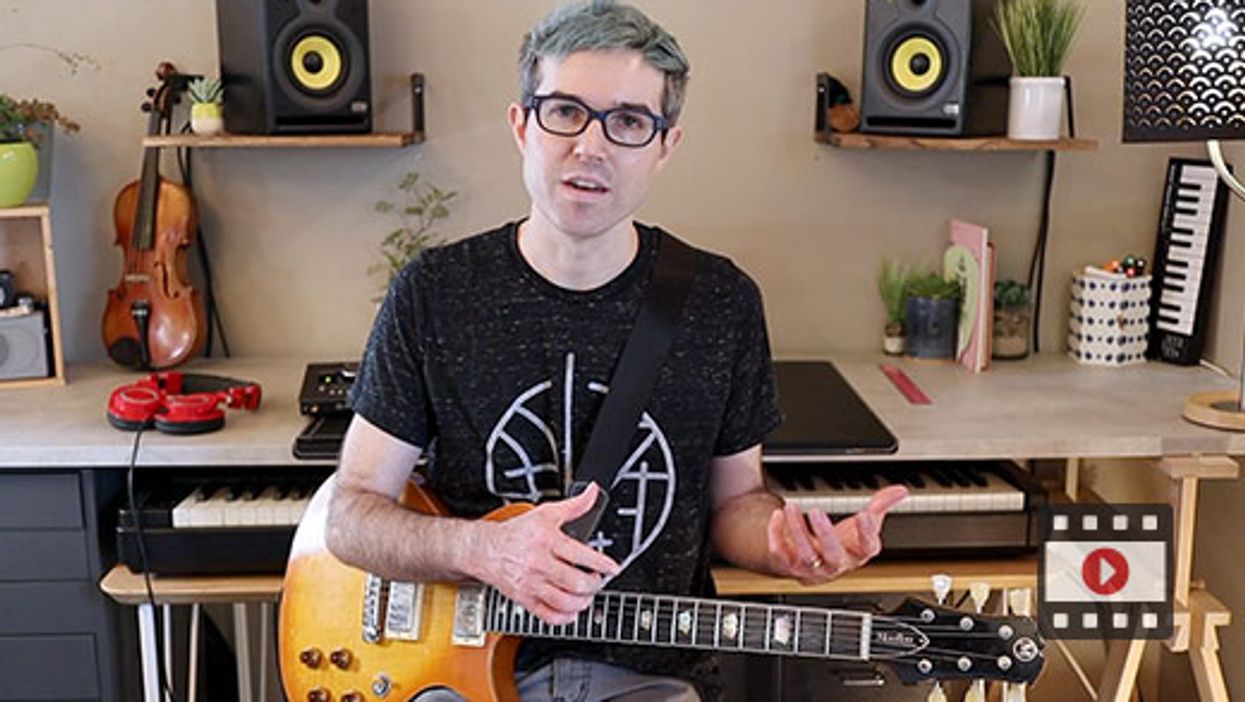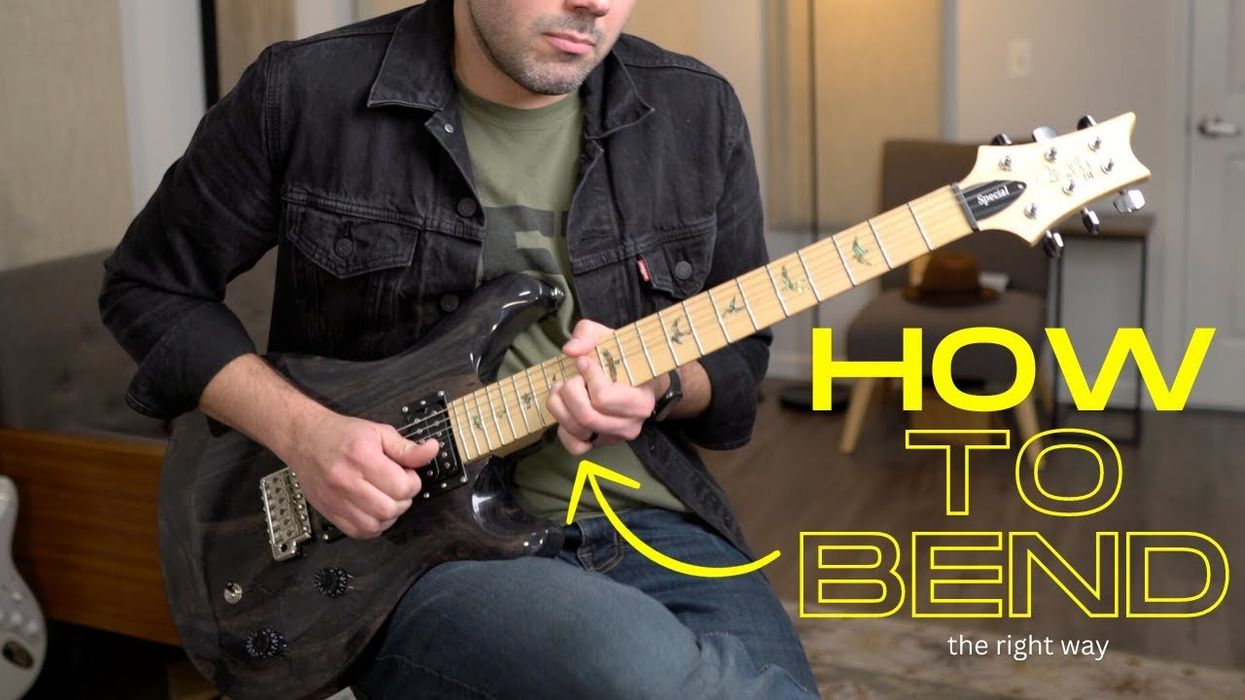Improvisation is one of the great joys in music that celebrates spontaneity and self-expression. It gives us a chance to explore our instrument and what we naturally hear and feel in an open format. Limitations help challenge us to improvise inside specific parameters and, as a result, can break us out of our typical musical vocabulary.
It is all too easy to devolve into incessant noodling when presented with a blank harmonic canvas. While this may be a blast to participate in, it doesn't necessarily mean it's fun for an audience to listen to, or that our ideas are linking together thoughtfully. Adding limitations can pave the way to inspiration.
These could include limiting yourself to a set of notes or a shape, creating phrases out of the same rhythmic idea, or physically restricting your access on the fretboard. If a personal goal is developing more focus with improvisation or getting more music out of fewer elements, this approach is highly recommended and can be a lot of fun.
The following examples will apply to a blues progression in the key of Ab, but can be used in any situation regardless of simplicity or complexity.
In Ex. 1 the limitation is only playing on the 4th and 2nd strings. This approach immediately shatters access to most of the pentatonic lines that many of us play, and makes us look for horizontal connections on the fretboard for ideas that we might generally play in a vertical box. Using sixths is one of the easier things to make music out of here, so there are a few of those for sure. Having less access to the fretboard will immediately create different ideas, and this limitation certainly facilitates that.
Limitless Limitations Ex. 1
The "Django" Limitation
This one is a Django limitation (Ex. 2), imagining that a caravan fire partially mangled our fretting hand, only leaving us with the use of the first two fingers. With such a physical limit, the ideas are naturally a little simpler, more horizontal than vertical, and provide an absorbing challenge. Even playing phrases that we naturally hear can call for a different layout on the fretboard when playing with two fingers instead of four. I tend to notice myself using more slides with this approach.
Limitless Limitations Ex. 2
Ex. 3 uses the same general rhythm of four consecutive eighth-notes for every idea through the chorus. We can place the four notes anywhere in the bar, but the rhythmic idea's consistency brings more attention to the note choices and allows us to hear them in a unique context. This one is helpful in any style and gives the listener something to grab onto almost immediately. Feel free to try doing this with longer rhythmic phrases as well.
Limitless Limitations Ex. 3
Bending is the focus of Ex. 4, and while the intention was to make every note a bend, there are a few cheater notes in there. This approach can help bring out different articulations, get us thinking about pitches above and below a particular scale shape, and be physically challenging since we usually have to support bends with more than one finger. Remember that these can include regular half- or whole-step bends, pre-bends, or double-stop bends.
Limitless Limitations Ex. 4
Ex. 5 uses double-stops (mostly thirds) exclusively in this chorus. This limitation helps us see a little more harmony in the scale than we might notice with single-note lines. Also, the physicality of playing two notes together for the left hand makes our ideas a little simpler, curbing the temptation of flashier playing in this context. There was quite a bit of horizontal movement here, but another angle would be to try this while staying in a single position.
Limitless Limitations Ex. 5
Ex. 6 can be tricky, but extremely rewarding once you get a hold of it. In this case, the limitation was to use one note over the entire chorus (an F on the 2nd string). Having little or no access to any other melodic options forces us to rely on rhythm, phrasing, articulation, or any other fundamental musical element. Another useful variation is using only a metronome and stick with two notes on one string for 3 to 5 minutes. If we can make one or two notes work, we can make almost anything work.
Limitless Limitations Ex. 6
Our last example (Ex. 7) is limiting us to a moving a melodic shape up the neck but keeping it inside the Mixolydian scales that follow the chord changes. If we harmonize a musical phrase through the entire scale, we can create six other lines or alternate versions of the same idea, a similar process to what we would naturally do with a chord scale. This approach results in many different melodic variations on the original phrase, but they are potentially useful together since they are all inside the harmony. Aside from the melodic thread of playing the same kinds of shapes, similar rhythmic placement also gives the listener a tangible element to grab.
Limitless Limitations Ex. 7
The above approaches are places to start if nothing else. Working with limitations helps us find new sounds and methods on the fretboard, expand our ideas a little longer than usual, and open our musical vocabulary in new and exciting ways. The beauty of limitations is that everyone will apply them differently and uniquely. Even using one that seems generic will naturally highlight our distinct musical voice and choices.
Using these is somewhat like running with weights on or swinging three baseball bats together. Once we run, swing, or solo in an actual situation, it can feel easier and freer, and we may have different ideas we can follow and build on. Sticking to a limitation for a short amount of time can create enough breadcrumbs the listener can track where they share in our excitement of creating improvised music in real time. Feel free to get creative, as any limitation we naturally conceive will likely prove valuable to our playing and improvisational development. They are always available at any moment you are playing music.


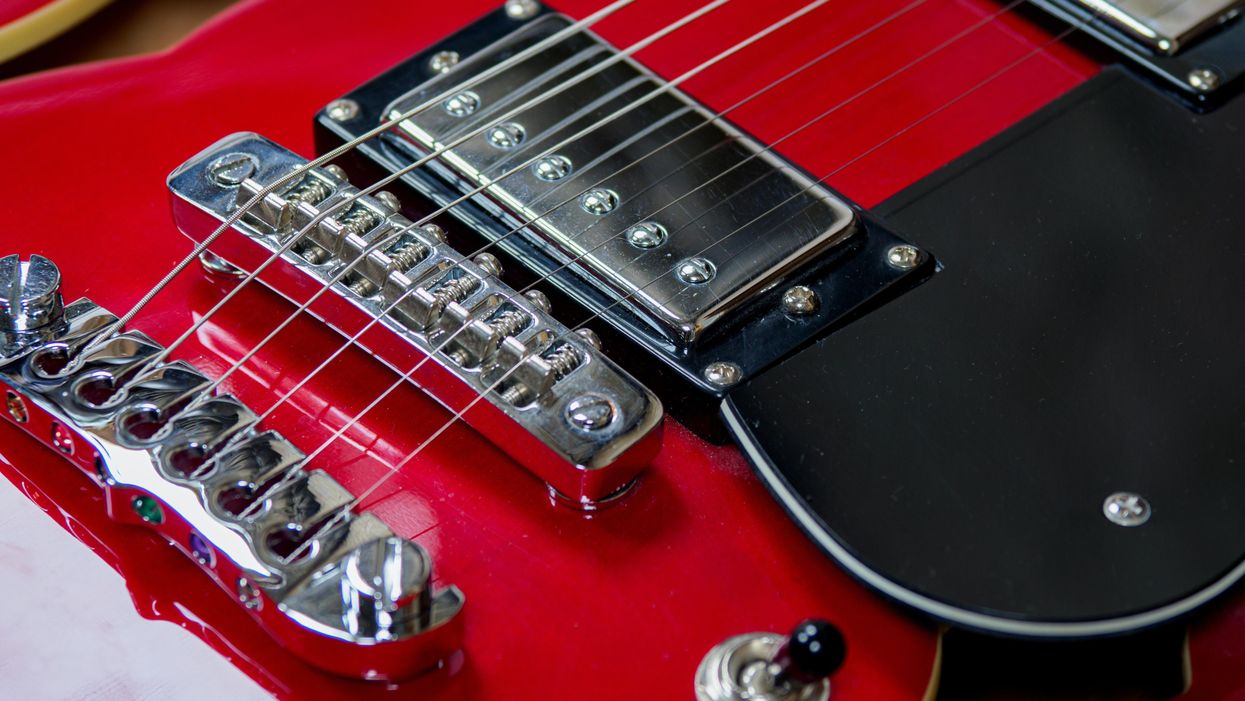

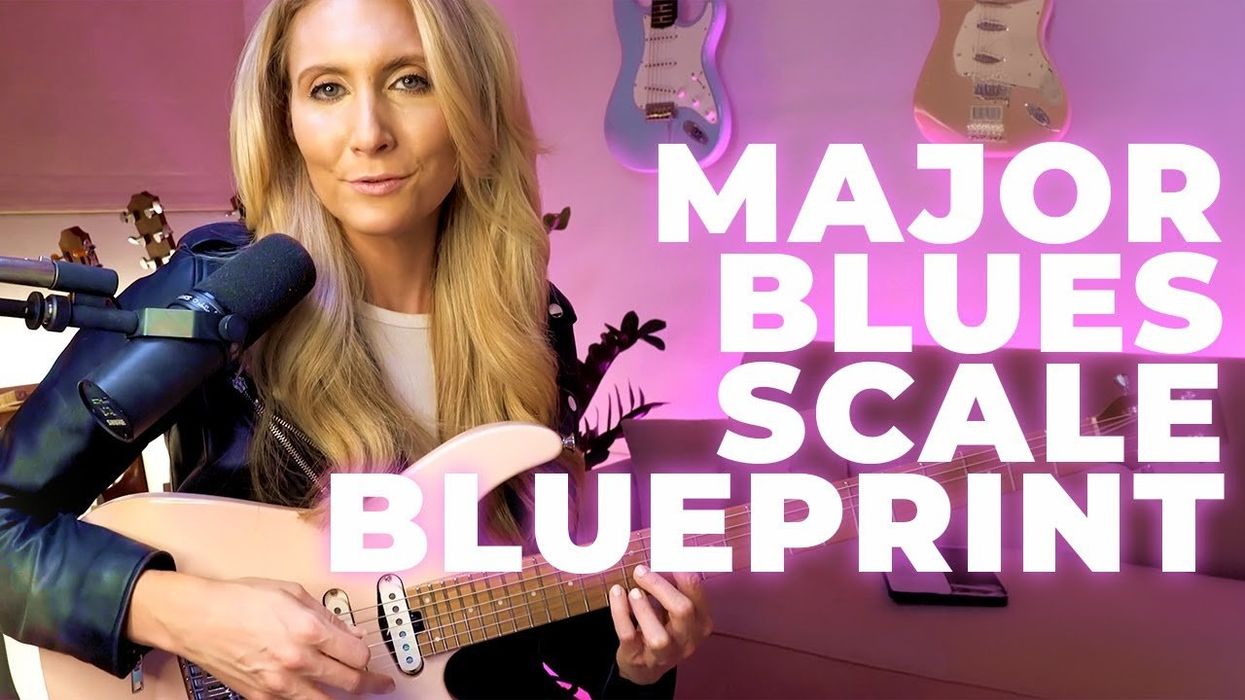

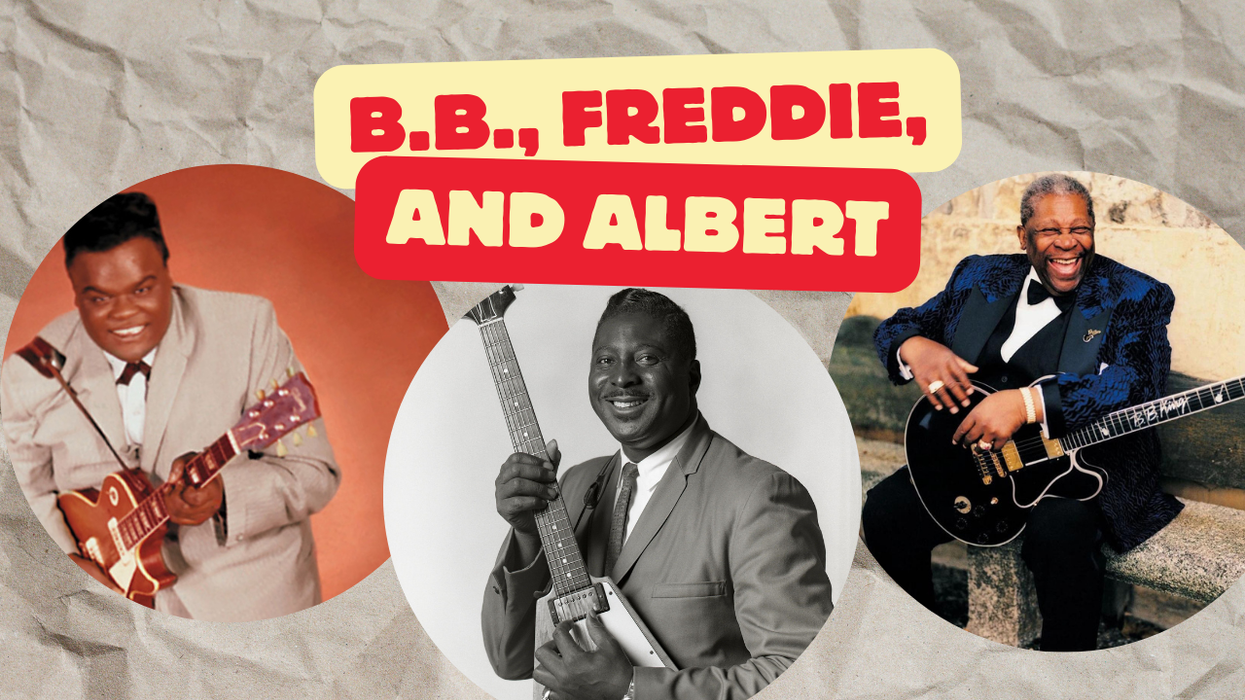

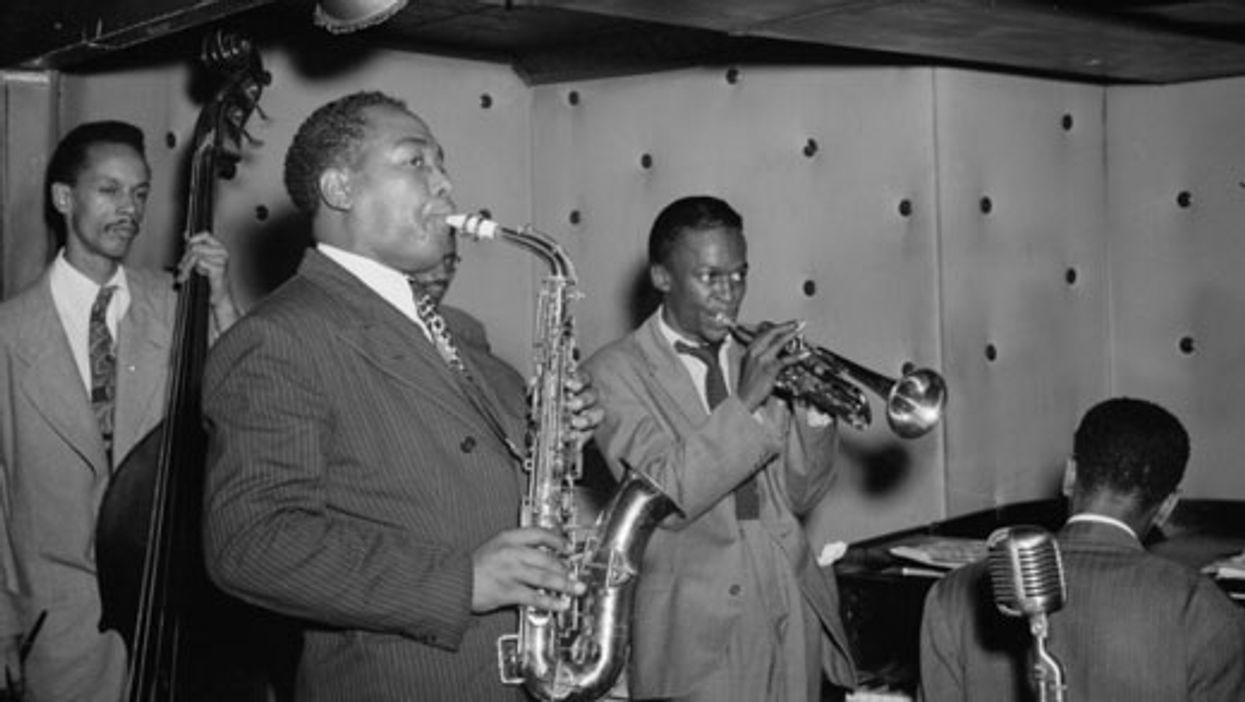
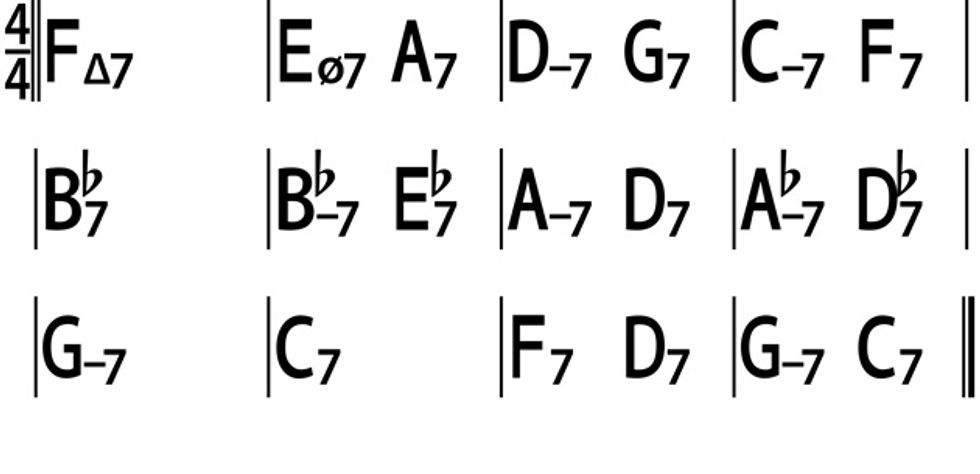





![Rig Rundown: Russian Circles’ Mike Sullivan [2025]](https://www.premierguitar.com/media-library/youtube.jpg?id=62303631&width=1245&height=700&quality=70&coordinates=0%2C0%2C0%2C0)
